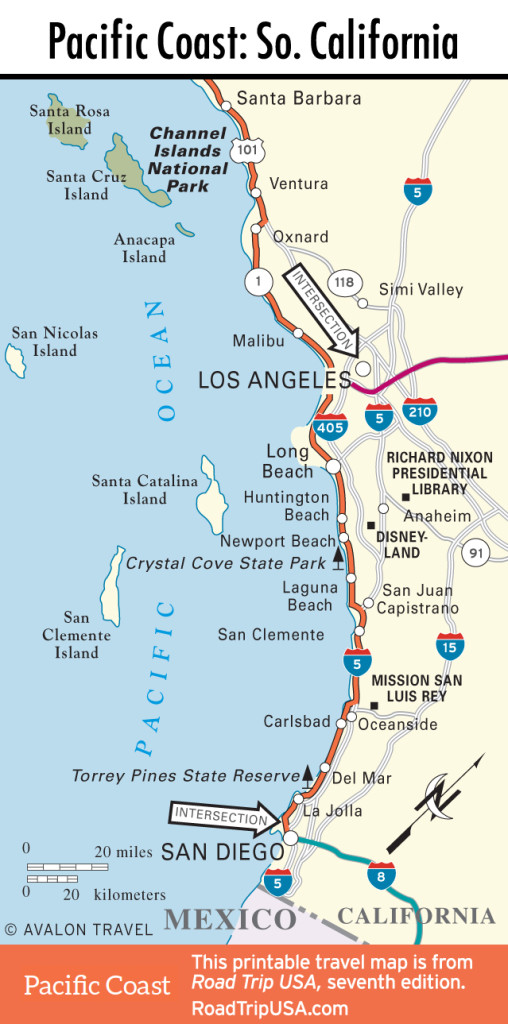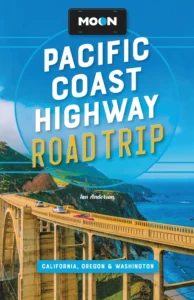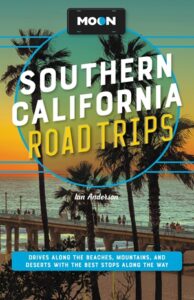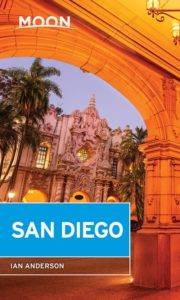Del Mar and La Jolla
Del Mar and Torrey Pines State Natural Reserve
Most of the time, Del Mar (pop. 4,347) is a sleepy little upscale suburb of San Diego, with big houses backing onto more than two miles of fine beach. But in late summer, it comes to life for the thoroughbred racing season at beautiful Del Mar racetrack, built by Hollywood types like Bing Crosby and seen in The Grifters and many other Hollywood movies and TV shows. The waves here are well suited to bodysurfing, but the sands can be hard to reach in summer because of a lack of parking—weekdays it’s less of a problem.
South along the Camino Del Mar coast road from Del Mar, hang-gliders, tide-poolers, surfers, and beachcombers flock to the nearly 2,000 acres of bluffs and beaches protected in Torrey Pines State Natural Reserve. Named for the long-needled pines that grow naturally only here, the reserve is crisscrossed by hiking trails leading down steep ravines between the bluffs and the sands. Besides hang-gliders, Torrey Pines is prime airspace for remote-controlled model gliders, which float gracefully in the nearly constant onshore breeze. The primary launching spot is the small city park at the south end of the reserve.
Overlooking the Pacific from atop a bluff at the south end of the reserve, the Salk Institute is one of the world’s most important centers for research in the life sciences. Founded by the late Jonas Salk, designed by Louis Kahn, and modeled in part on the gardens of the Alhambra in Granada, the institute is open for tours (858/453-4100, ext. 1287, Mon.-Fri. noon, $15, reservations required).
Stretching inland and south from the Salk Institute, the hills are covered with faceless business parks around the spacious campus of University of California at San Diego (UCSD), beyond which spreads La Jolla and the greater San Diego area. On campus, learn all about local marine biology at the Birch Aquarium (858/534-3474, $19.50 adults) of UCSD’s Scripps Institution of Oceanography, from where you can amble along the shore to lovely La Jolla.
La Jolla
The wealthiest and most desirable part of San Diego, La Jolla sits along the coast northwest of the city proper, gazing out over azure coves to the endless Pacific. Besides the gorgeous scenery, great surfing (head to Windansea Beach for the best waves), beachcombing, and diving, tons of good cafés and restaurants have long made La Jolla an all-around great day out, suiting all budgets—especially those with no upper limit. Another big draw here is the Museum of Contemporary Art San Diego (700 Prospect St., 858/454-3541, closed Wed., $10 adults), currently closed for renovations expected to be completed by 2020.
Start the day off right at La Jolla’s The Cottage (7702 Fay Ave., 858/454-8409), where delicious food (including a divine buttermilk coffee cake) is served up on a sunny patio. For an unforgettable, swaddled-in-luxury SoCal experience, stay the night at the elegant Craftsman-style The Lodge at Torrey Pines (11480 N. Torrey Pines Rd., 858/453-4420, $400 and up), a modern re-creation of California’s turn-of-the-20th-century Golden Age.
La Jolla Travel Map
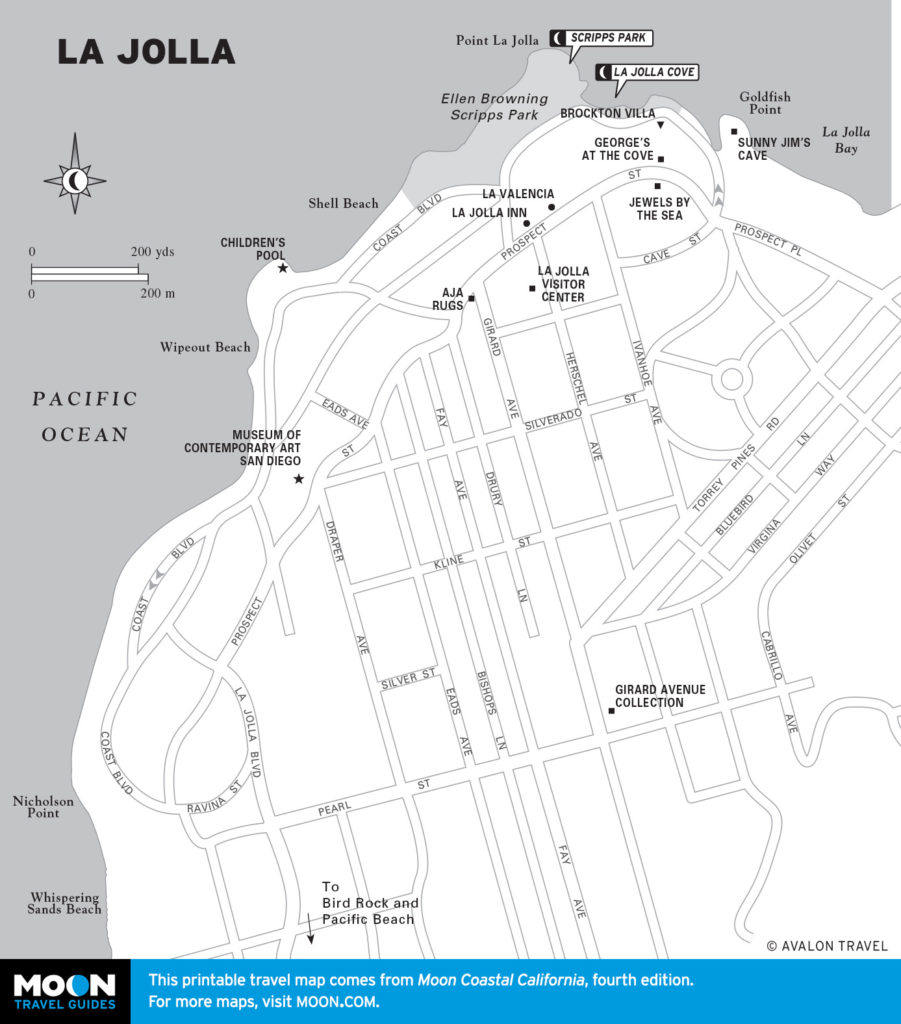
Towards San Diego
From La Jolla south, US-101 is pretty well buried by the I-5 freeway. Old US-101 can still be followed, however, by following Pacific Highway past Mission Bay and Lindbergh Field toward San Diego Bay, where it becomes Harbor Drive—where the light rail San Diego Trolley now runs past the hulking USS Midway aircraft carrier.
Southern California Travel Map
